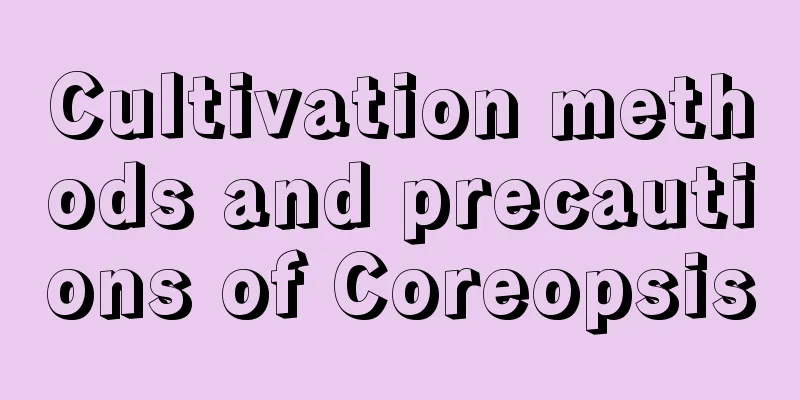Diseases and Pests of Perilla and Their Control Methods

Diseases of PerillaLeaf spotLeaf spot usually occurs from June to harvest, harming the growth of perilla. Initially, small brown or dark brown spots of different sizes and shapes appear on the leaf surface, and then develop into large round or polygonal spots, generally with a diameter of 0.2-2.5 cm. The spots are not obvious on purple leaves, but are more obvious on green leaves. After drying, holes are often formed. In severe cases, the spots merge and the leaves fall off. Prevention and treatment methodsWhen selecting seeds, choose from disease-free plants. Pay attention to soil drainage and avoid over-planting. Starting from the early stage of the disease, spray with 800 times diluted 80% wettable mancozeb, or 1:1:200 Bordeaux mixture. Spray 2-3 times every 7 days. However, spraying should be stopped half a month before harvest to ensure that the medicinal materials are free of pesticides. Pests of PerillaRed SpiderIt is most likely to occur during the dry months of June to August when the humidity is high. Adult red spider mites are small, usually orange-red, sometimes yellow. Red spider mites gather on the back of the leaves to suck sap. Initially, yellow-white spots appear on the leaves, and later larger yellow-brown spots can be seen on the leaves. As the spots expand, the entire leaf turns yellow and falls off. Prevention and treatment methodsDuring the outbreak period, spray with 2000 times diluted 40% dimethoate emulsion as early as possible. However, it is required to stop spraying pesticides half a month before harvest to ensure that no residual poison remains on the medicinal materials. Spodoptera exiguaFrom July to September, the larvae harm the growth of perilla, and the leaves will be bitten into holes. The mature larvae will pupate in thin silk cocoons on the plants. Prevention and treatment methodsSpray with 1000 times diluted 90% crystalline trichlorfon. |
<<: Zephyranthes pests and control methods
>>: Gladiolus (Gladiolus) Pests and Control Methods
Recommend
Milan flower cultivation methods and precautions
1. Light exposure time When caring for it, you mu...
Difference between black beans and cowpeas
1. The difference of leaves The leaflets of black...
Simple method of preparing soil for succulent flowers (how to prepare soil for succulent plants at home)
The general requirement for the soil for succulen...
The orchid stopped blooming after being repotted (what causes it to not bloom after transplanting)
Why does the orchid not bloom after being divided...
How to trim lilac flowers to make them look beautiful
When is the right time to prune lilacs? Lilac pru...
The Flower Language and Legend of Forsythia
Flower language of forsythia Forsythia is the cit...
How to shape rose bonsai
How to shape rose bonsai There are three main way...
Does bougainvillea need to be pruned? What is the best way to prune it?
Bougainvillea is a vine-like shrub that can climb...
How to plant okra seeds
Okra seed planting time Okra likes to grow in a w...
How many cypress trees are planted in the cemetery?
1. How many cypress trees should be planted in th...
How to care for and water potted jade trees (key points for planting and managing jade trees)
Jade tree blossoms (photo) First, planting materi...
Diseases and prevention methods of baby's breath
There are fewer insect pests during the growing s...
Can activated carbon be used as fertilizer?
Activated carbon as fertilizer Activated carbon i...
Cultivation methods and precautions of Scutellaria barbata
environment It likes a warm, dry, well-lit enviro...
These 7 kinds of flowers bloom more happily when it rains. Move them outside the window on a rainy day and they will bloom overnight!
Rain orchid Zephyranthes often bloom suddenly aft...









